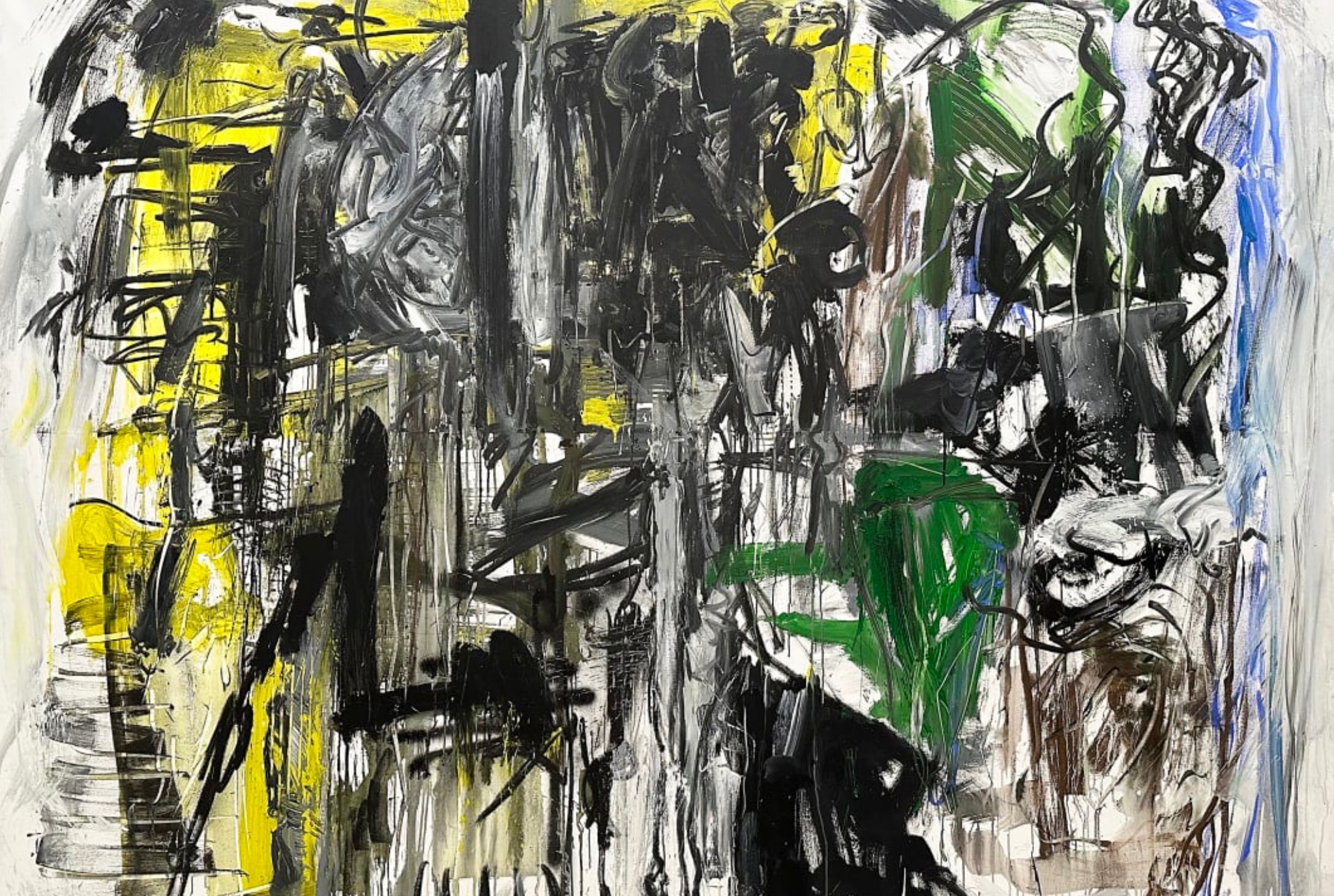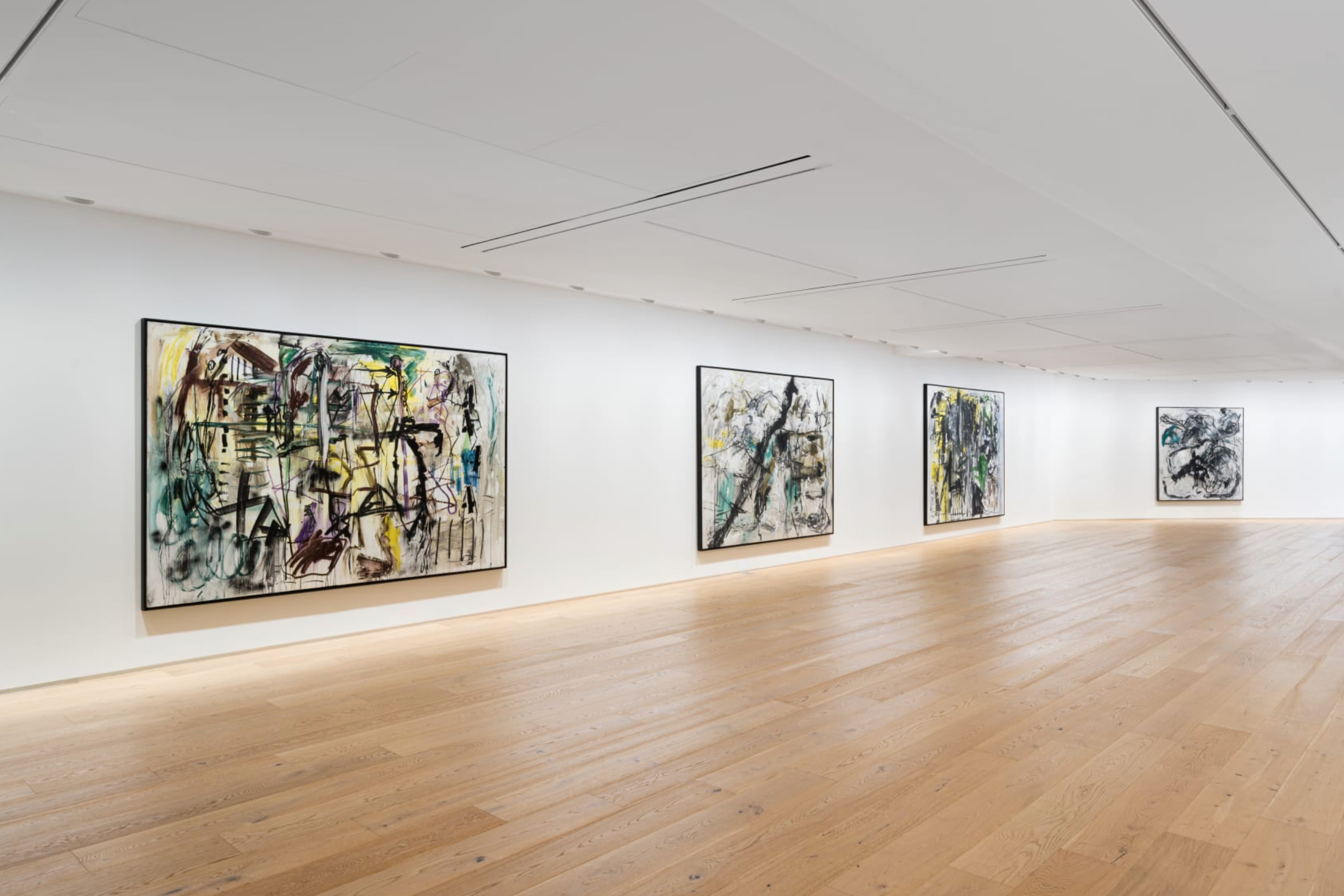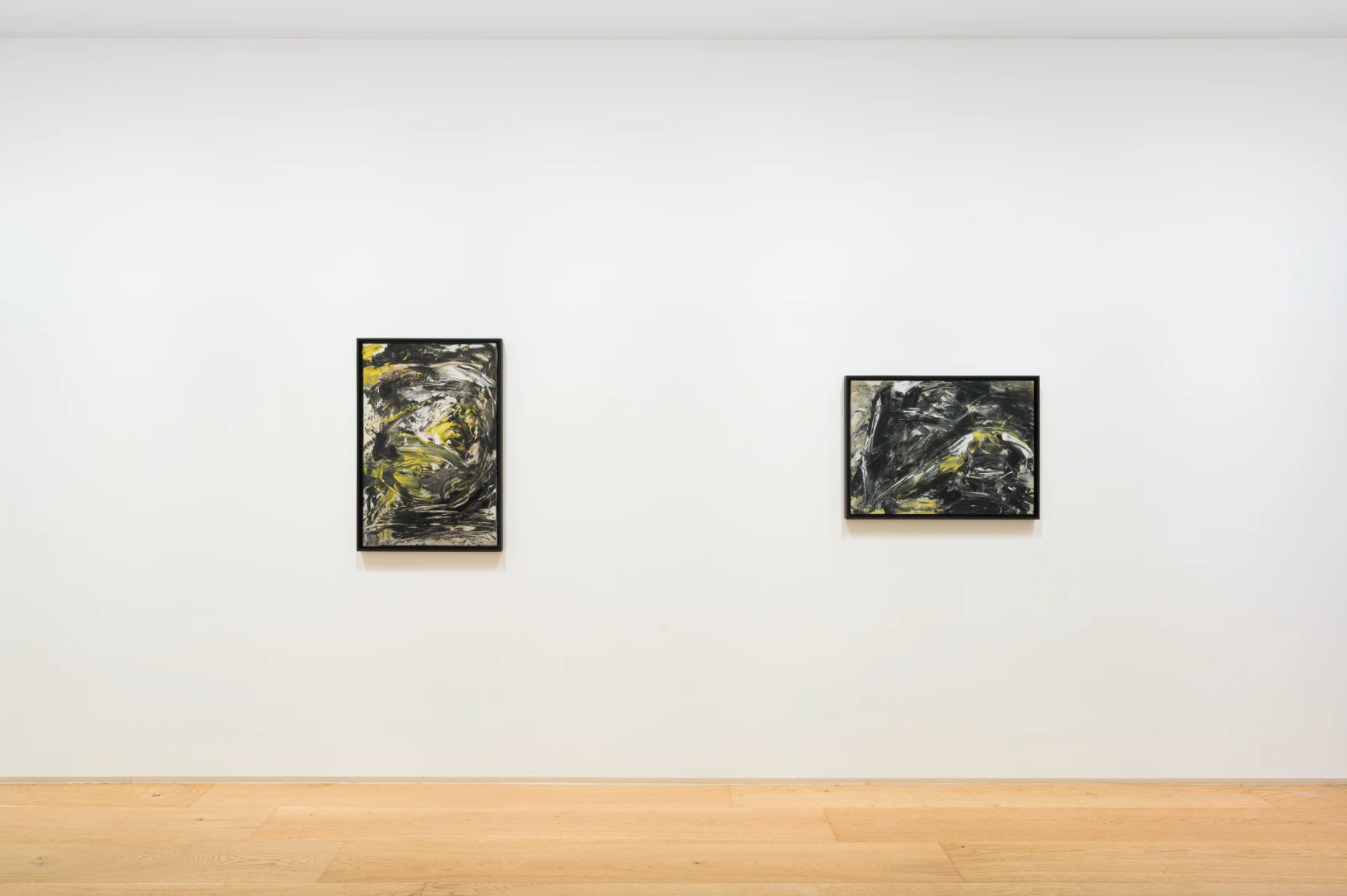
| Period| | 2023.11.16 - 2024.01.13 |
|---|---|
| Operating hours| | 10:00 - 18:00 |
| Space| | Thaddaeus Ropac/Seoul |
| Address| | 2F, 122-1 Dokseodang-ro Hannam-dong, Yongsan-gu 04420, Seoul |
| Closed| | Sun, Mon, Holiday |
| Price| | Free |
| Phone| | 02-6949-1760 |
| Web site| | 홈페이지 바로가기 |
| Artist| |
에밀리오 베도바
|
정보수정요청



|
|
Exhibition Information




Overview Gestures, not images – assail you, they fall upon you. — Emilio Vedova, 1986 Thaddaeus Ropac Seoul presents the first solo exhibition of Italian artist Emilio Vedova in Korea. Embodying the bold colours and dynamic, gestural style characteristic of Vedova’s abstract work, the exhibition features paintings spanning almost 25 years of the artist’s long and distinguished career, from the early 1980s to the mid-2000s. The evolution of his practice over this period asserted Vedova’s influence on an emerging generation of neo-expressionist artists, including fellow painter and friend Georg Baselitz, and his impact continues to resound in the contemporary art world today. Born into a Venetian family of artisans in 1919, Vedova was almost entirely self-taught as an artist. In 1943, he joined the Italian anti-fascist group Corrente, who celebrated the revolutionary potential of painting and, three years later, co-signed a manifesto stating that abstraction was the only valid form of political art. In 1948, he made his debut at the Venice Biennale, where he would make regular appearances before winning the Golden Lion for Lifetime Achievement Award in 1997. For many years he split his time between Berlin and Venice, participating in the first documenta in Kassel in 1955 (and subsequently in 1959, 1964 and 1982). Along with a host of solo exhibitions at major European and American institutions, these presentations established the artist’s visibility on an international platform. Colour and gesture are irrevocably entwined in the paintings on view at Thaddaeus Ropac Seoul. The earliest works in the exhibition date to the 1980s and mark a pivotal moment in Vedova’s artistic practice. At the age of 51, he undertook a foundational research trip to Mexico. Deeply affected by the immense landscapes, smells and colours he encountered on his travels, as well as José Clemente Orozco’s politically charged murals, he moved away from the black-and-white palette that dominated his works in the 1960s and 1970s to embrace colour and monumentality in large-scale abstract paintings erupting with bold hues and gestural mark-making. While Mexico was a key catalyst for Vedova’s artistic development, his paintings remain deeply anchored in the artist’s Venetian origins. The architecture, colours, light, water and even sand of the city are embedded in these works, the latter mixed with acrylic paint to produce textured, topographical surfaces. Vedova consciously placed himself within the city’s illustrious artmaking tradition, terming his large-scale canvases teleri after the monumental wall-mounted canvas of 16th- and 17th-century Venice. He learnt to draw by sketching the interiors of Baroque churches and copied works by the great Venetian masters, particularly Tintoretto, who united colour and light in sensual expressions of the human condition. Inspired by Tintoretto’s dramatic treatment of luminous space, Vedova offset his vivid hues of red, yellow and green with gestural sweeps of black and white paint, reimagining the conventions of Venetian painting through his own visionary lens. Throughout his career, Vedova maintained his conviction in painting as a human act rooted in bodily performance. Alongside the large-scale works from the 1980s, the exhibition includes late paintings from 2006, made in the final year of the artist’s life. Here, colour itself gains form as a vehicle for embodied gesture. Handprints and finger marks are drawn through thick layers of impasto, leaving behind traces of the artist’s presence. Vedova understood his highly charged gestures as a means to express his raw and, at times, violent reaction to the world around him – an impetus rooted in the revolutionary nature of his earlier political works. Unlike the unconscious or purely formal drive understood to underpin American abstract expressionism and European Art Informel, each gesture was, for Vedova, the result of a clear and conscious process. ‘My works are filled with structures,’ he explained, ‘these are the structures of my consciousness.’ The energetic application of his materials became a ‘release of inner propulsion’ that lay bare the emotional and psychological impulses at the heart of human behaviour. (Source = Thaddaeus Ropac)
